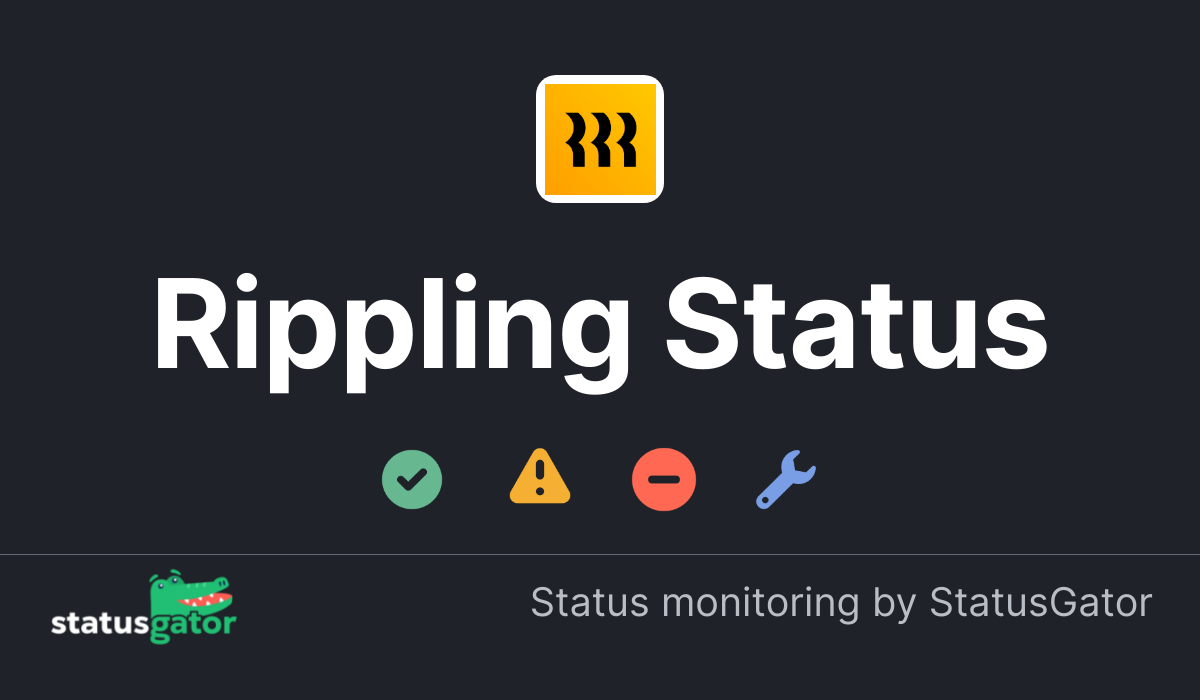Now Following Those Instructions: Your First Task Is to Write an In-Depth and Comprehensive Blog
Writing a blog isn’t just about putting words on a screen. It’s about creating something that informs, engages, and stays with the reader long after they close the tab. When you hear the phrase “now following those instructions: your first task is to write an in-depth and comprehensive blog,” it’s more than a prompt. It’s a roadmap for how to write content that’s both useful and powerful.
In today’s digital world, where millions of blogs compete for attention, writing with purpose and depth separates mediocre content from articles that actually rank on search engines and attract loyal readers. Let’s break down what it really means to follow instructions, write with structure, and create a blog that delivers lasting value.
Understanding the Meaning of “Now Following Those Instructions” in Blog Writing
At first glance, the phrase sounds like a simple directive. But in blogging, “following instructions” means respecting a process. It’s about sticking to proven steps that ensure your content is clear, structured, and engaging. Think of it like building a house—you wouldn’t skip the blueprint stage.
Breaking it down:
- “Now following those instructions” emphasizes discipline and consistency.
- “Your first task” highlights starting strong with a well-researched, well-outlined article.
- “In-depth and comprehensive blog” sets the bar high—it’s not enough to write surface-level content.
When you treat these words as a guide rather than a suggestion, your writing instantly improves. You stop rushing, start planning, and create something readers actually enjoy.
Key Elements of Writing an In-Depth and Comprehensive Blog
So, how do you take this idea and turn it into action? It all comes down to the essential building blocks of strong blog writing.
Research and Topic Understanding
Every good article begins with research. Before you write a single sentence, you need to know:
- What does the audience want?
- What keywords are they searching for?
- What’s missing from existing content?
For instance, if your topic is about content writing strategies, don’t just skim the first Google result. Dive deeper. Look at forums, case studies, and expert opinions. This ensures your blog offers something unique rather than rehashing what everyone else has already said.
Structuring the Blog with Instructions in Mind
Imagine reading a blog with no headings, no flow, and random ideas scattered everywhere. Frustrating, right? That’s why structure is everything.
A clear outline gives you:
- Logical flow of ideas
- Easier readability
- SEO benefits with keyword-rich subheadings
Think of your outline as a skeleton—you’ll later flesh it out with examples, stats, and personal touches.
Writing Style and Tone
Readers don’t want to feel like they’re reading a textbook. They want a conversational guide, almost like a friend explaining things over coffee. That’s why you should:
- Use active voice instead of passive
- Make sure your phrases are diversified by alternating brief, snappy ones with more in-depth, thorough explanations.
- Avoid jargon and heavy vocabulary when simple words do the job better
In other words, keep it human.
Practical Steps to Follow Instructions and Write Effectively
Let’s get hands-on. Here are concrete steps you can take to follow instructions and actually craft a blog that delivers.
Start with a Clear Outline
Skipping the outline is like taking a road trip without a map. Sure, you might eventually get somewhere, but it’ll take longer and you’ll probably get lost.
A good outline includes:
- Introduction – hook the reader
- Main sections – break the topic into digestible chunks
- Subsections – add details, examples, and lists
- Conclusion – wrap it up with a clear takeaway
Expand with Depth and Details
A blog without depth feels like fast food—it fills you up quickly, but you’re hungry again in 10 minutes. Instead, go deep. Add:
- Statistics (with sources linked)
- Case studies
- Examples and analogies
- Personal anecdotes
For example, if you’re writing about content marketing, don’t just say “consistency is important.” Explain how companies like HubSpot built authority by publishing regularly, and include numbers to prove it.
Optimize for SEO Without Losing Natural Flow
While SEO is important, over-stuffing your material with keywords destroys the flavor, much like over-seasoning food. Make natural use of your target term and its variations in:
- H1, H2, H3 headings
- Introductory and concluding paragraphs
- Meta descriptions and image alt text
And sprinkle in LSI keywords (related terms) so search engines clearly understand your topic.
Common Mistakes to Avoid When Following Instructions
Even seasoned writers slip up sometimes. Here are the most common pitfalls to watch out for:
- Keyword stuffing – makes writing robotic and unreadable
- Sentence forms that are repeated weary the reader and cause monotony.
- Overusing jargon – alienates people who just want clear explanations
- Ignoring the reader’s perspective – writing for yourself instead of your audience
A simple test? Read your blog out loud. If it doesn’t sound natural, it needs tweaking.
Case Study – Turning Instructions into a Powerful Blog Post
Let’s compare two scenarios.
Scenario 1: Ignoring Instructions
- No outline
- Random ideas thrown together
- Passive voice everywhere
- No stats, no examples
- Weak conclusion
The result? A blog that feels rushed, thin, and forgettable.
Scenario 2: Following Instructions
- Structured outline with clear headings
- Conversational tone and active voice
- Mix of statistics, anecdotes, and visuals
- Smooth transitions between ideas
- Strong conclusion with actionable advice
The result? A blog that not only ranks higher but also keeps readers engaged from start to finish.
Tools and Resources to Help You Write Better Blogs
Even great writers use tools. Here are some worth keeping in your toolbox:
| Tool | Purpose | Example |
| Google Keyword Planner | Keyword research | Find high-volume search terms |
| Grammarly | Grammar & style checker | Catch errors and polish writing |
| Hemingway App | Readability improvement | Simplify complex sentences |
| Canva | Visual content | Create infographics & diagrams |
| Ahrefs/SEMrush | SEO insights | Track rankings & backlinks |
Using these tools doesn’t replace skill, but they sharpen it.
Why “Now Following Those Instructions” Matters in Professional Blogging
Discipline is the secret ingredient in blogging. When you consistently follow instructions—research, outline, write with depth, and optimize—you set yourself apart.
The benefits include:
- Better SEO rankings – search engines love structured, comprehensive content
- Reader trust – people come back when they know your blogs deliver value
- Authority building – over time, you become a go-to voice in your niche
Think of it like exercise: one workout won’t transform your body, but consistent effort brings results.
Conclusion – Your First Task Is to Write an In-Depth and Comprehensive Blog
If there’s one takeaway from all this, it’s that writing a blog is less about raw talent and more about following a proven process. When you embrace the idea of “now following those instructions: your first task is to write an in-depth and comprehensive blog,” you give yourself a framework for success.
Start small—pick a topic, outline it, and build it step by step. Add depth, keep your tone conversational, and remember that your readers want clarity, not complexity. Do that consistently, and you won’t just write blogs—you’ll write blogs that people actually want to read, share, and come back to.
So, grab your outline and start today. Your first task is waiting.














Post Comment